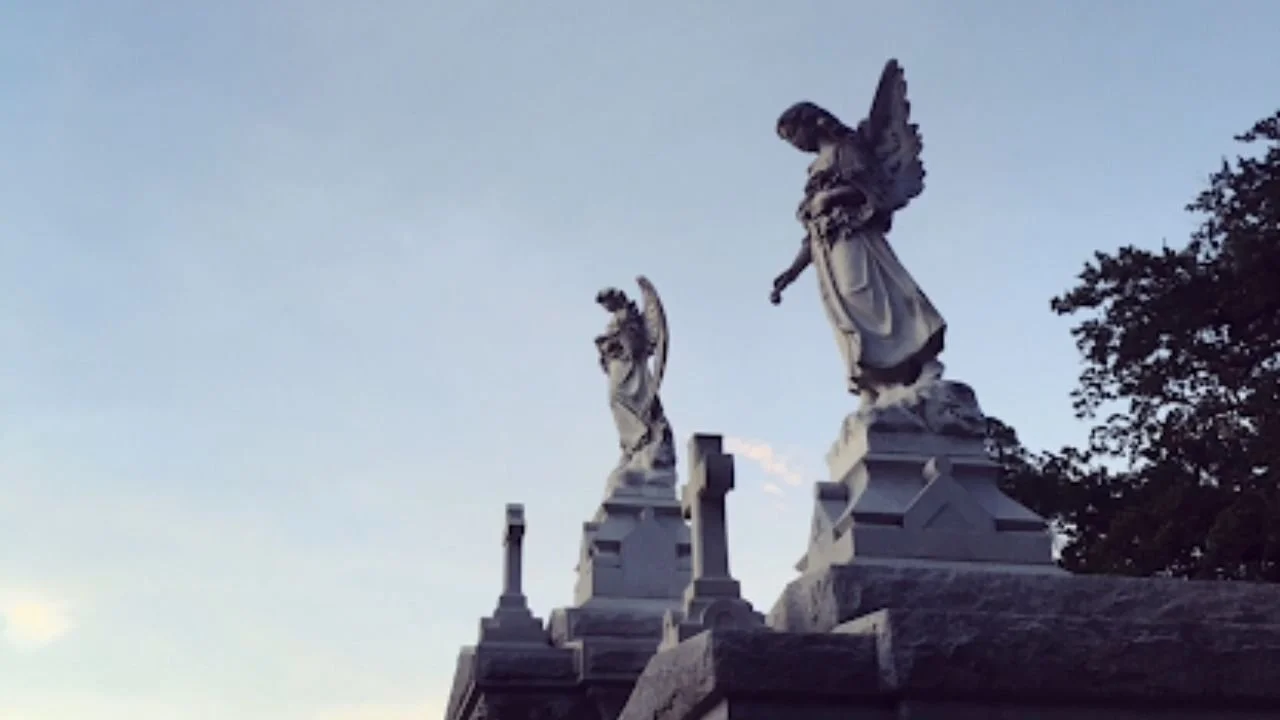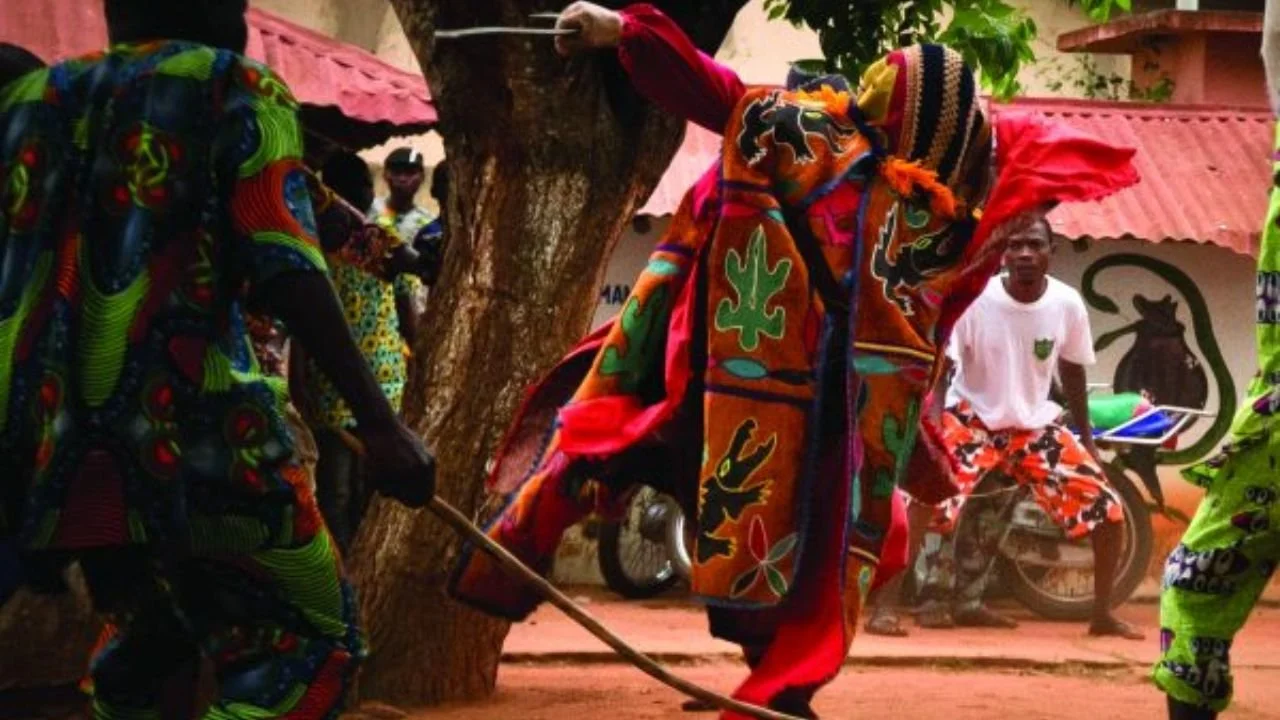Every culture has its ghosts. Some whisper from the corners of old houses; others are welcomed back with flowers, music, and light. Across the world, honoring the dead is an act of respect. It’s a way to keep love and memory alive. It's about connection, not fear, that people reflect on remembrance through ritual, song, and flame.
At Hottest Hell Tours, we believe the past is never truly gone; it lingers in stories, footsteps, and echoes that still shape the living. In many places, the boundary between worlds isn’t meant to frighten. It's meant to be lifted with respect and wonder.
By exploring who celebrates Day of the Dead, these haunted traditions remind us that remembrance is not just about honoring the past, it’s about defying the silence of forgetting.
México: Día de los Muertos: A Homecoming Through Time
People often ask who celebrates the Day of the Dead, and the truth is, its roots run deep in Indigenous tradition. Every year in November, homes and cemeteries bloom with marigolds, candles, and sugar skulls. Ofrenda altars overflow with food and photographs of the departed.
Long before Catholic missionaries arrived, the Aztecs and other Nahua peoples held month-long festivals honoring Mictecacihuatl, the Lady of the Dead. The Spanish folded these rituals into All Saints’ Day and All Souls’ Day, but the Indigenous essence remained: death is not an ending; it's a homecoming.
The locals still believe that their loved ones return each year with the sense of love and to share in food, music, and memory. Every candlelit graveyard pulsates with the celebration, a beautiful rebellion against fear itself.
New Orleans: Where Memory Never Sleeps
No city understands coexistence with the departed quite like New Orleans. Here, cemeteries rise above ground, jazz funerals play through the streets, and remembrance is a public art.
There isn’t a single day set aside to honor the dead, yet the spirit of remembrance lives on in second lines, candlelight vigils, All Saints’ processions, and quiet visits to family tombs.
In this city, the living walk hand in hand with memory; every brass note along with dance steps becomes both a tribute and a celebration of life.
It’s a rhythm that Hottest Hell Tours follows with reverence, inviting visitors not just to see the city’s haunted side but to understand the deep love and respect that keep its stories alive.
Japan: Obon: When Ancestors Come Home
During the month of August, Japanese families hang glowing chochin lanterns to guide ancestral spirits back to the realm of the living. During Obon, the air hums with quiet reverence rather than mourning.
Family members perform the centuries-old Bon Odori, a dance meant to welcome souls home, as altars are cleaned and incense curls upward like whispered prayers.
It’s not about haunting in the Western sense; it's about maintaining a connection. In Japan, spirits are never “gone.” They coexist within a delicate balance of respect, gratitude, and seasonal ritual.
Haiti: Fèt Gede, The Festival of the Dead
In November, the first day in Haiti belongs to the Gede, spirits who govern death and fertility in Vodou tradition. It’s loud, raw, and alive, a mix of drumming, rum, purple scarves, and prayers.
During the time at the cemeteries, you’ll find that offerings of coffee laced with pepper or cigarettes are left for Baron Samedi and Maman Brigitte, guardians of the graveyard gates.
Fèt Gede doesn’t mourn the dead; it celebrates their endurance. In a nation forged through revolution and survival, the Gede represent laughter in the face of mortality, proof that even death must dance.
France and Spain: La Toussaint and El Día de Todos los Santos
Across France and Spain, November 1st is solemn rather than spooky. The families often visit cemeteries carrying chrysanthemums, flowers of memory and endurance. Graves and the surroundings are scrubbed, candles lit, and prayers whispered during the period of time.
Though quieter than Latin America’s Day of the Dead, these observances share a similar intent: remembrance as duty. The living tend the dead not because they fear them, but because love, once forged, must be maintained.
The Philippines: Undás - A Night in the Cemetery
In the Philippines, Undás transforms graveyards into glowing villages of remembrance. Families light candles, lanterns, and even strings of colored bulbs to illuminate the resting places of their loved ones.
You’ll see families gathering with food, guitars, and candles–remembering their loved ones and spending the night beside the tombs of ancestors.
It’s both reunion and ritual laughter mingling with prayer, children playing near gravestones, and the smell of grilled food blending with melted wax.
Colonial Catholicism once framed this practice as All Souls’ Day, but Filipino culture made it something more intimate: an assertion that the dead are not to be hidden from but welcomed home.
West Africa: Egungun and the Masked Ancestors
Among the Yoruba people of Nigeria and Benin, ancestral reverence takes on an embodied form during the Egungun festivals. Dancers wearing elaborate masks and layered cloths become temporary vessels for the spirits of the dead.
Drums pound, crowds cheer, and the air thickens with reverence and awe. The Egungun are not ghosts to be feared; Egungun are ancestral spirits who return to the living world during special masquerade festivals. It is believed that they represent the collective spirit of ancestors, rather than individual ghosts haunting people.
They are honored presences ensuring the moral health of the living. To see them dance is to witness history taking flesh.
Why We Keep Calling the Dead Back
Whether it’s Mexico’s marigolds, Japan’s lanterns, Haiti’s drums, or Yoruba’s dancers, each tradition carries the same truth: to honor the dead is to reaffirm life.
The dead do not vanish; they transform. We keep something sacred alive, a thread between centuries, between sorrow and joy, between what was and what refuses to be forgotten.
Because haunting, in the end, isn’t only about ghosts. It’s about memory that won’t let go and shouldn’t.








